My art: ink botanical collection #2. The best non-caffeine herbal teas
In previous post I started to show my collection of plants drawing.
And today I want to tell you about some "herbal tea" plants, and of course, my text will go with my illustrations.
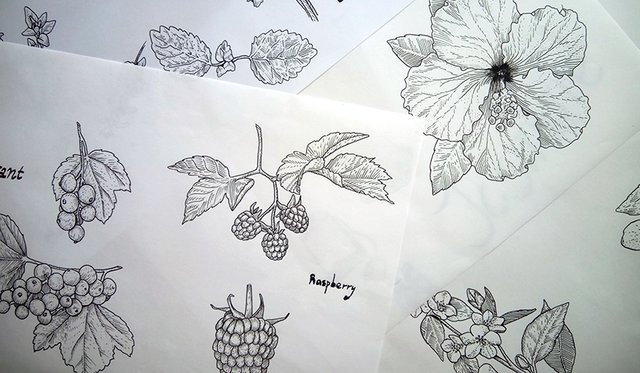
As known the most popular hot drinks in the world are tea and coffee. There are a lot of fans of those drinks. But they are not really the most healthy because of caffeine. As for me I have hypersensitivity to the effects of caffeine and if I drink claasic tea or coffee I get hyperstimulation and feel myself almost like on amphetamine :D So I don't drink tea and coffee and instead prepare different herbal drinks. Some of them are very well known, but maybe some of them will be new for you. There are a lot of plants that are good for health but I have selected the ones which can be used daily (not just like a medical plants, which are only used to a limited extent during illness).
My top choices are: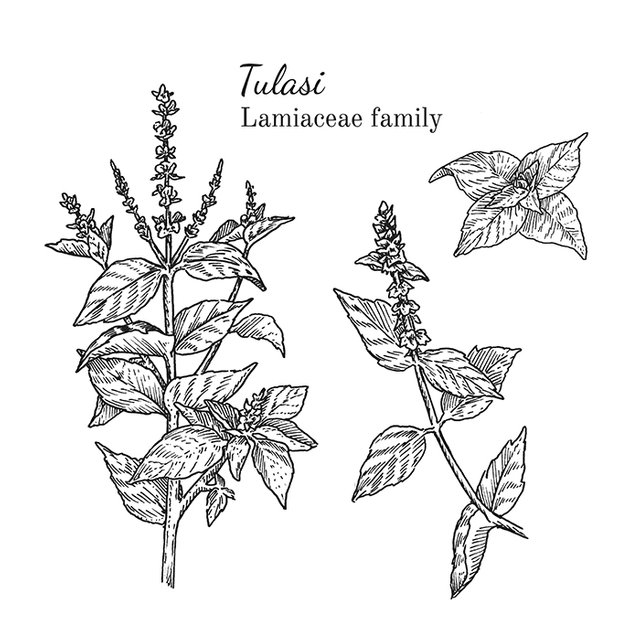
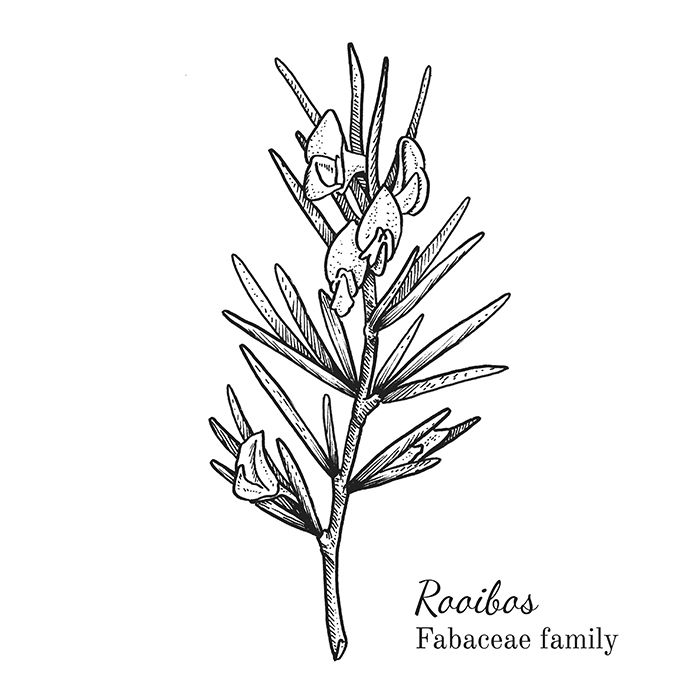
2. Roiboos (or bush tea, or redbush tea) is growing in South Africa. It has a rich taste and a high content of ascorbic acid (vitamin C), antioxidants, essential oils and minerals.
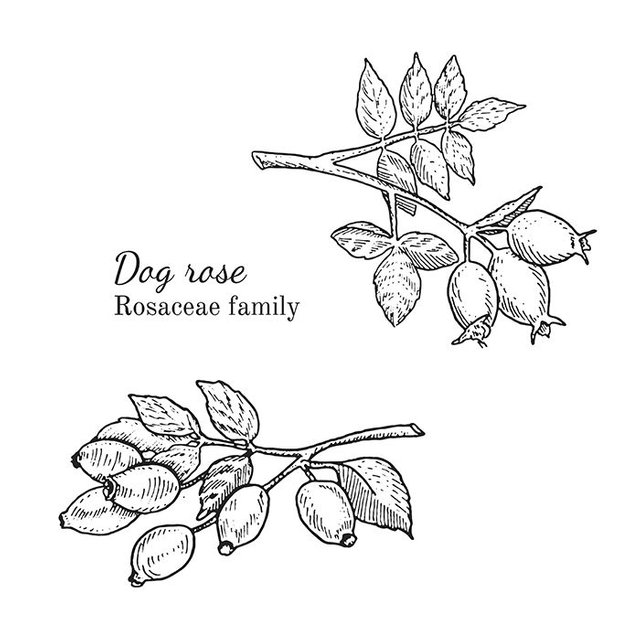
3. Small fruits of dog rose (or rosa canina, or rosa hugonis) are used for preparing tea, which should be infused in boiling water for a long time. The plant is high in certain antioxidants and vitamin C. Dog-rose tea is quite popular in my place (Siberia), especially in winter due to its ability to boost immune system.
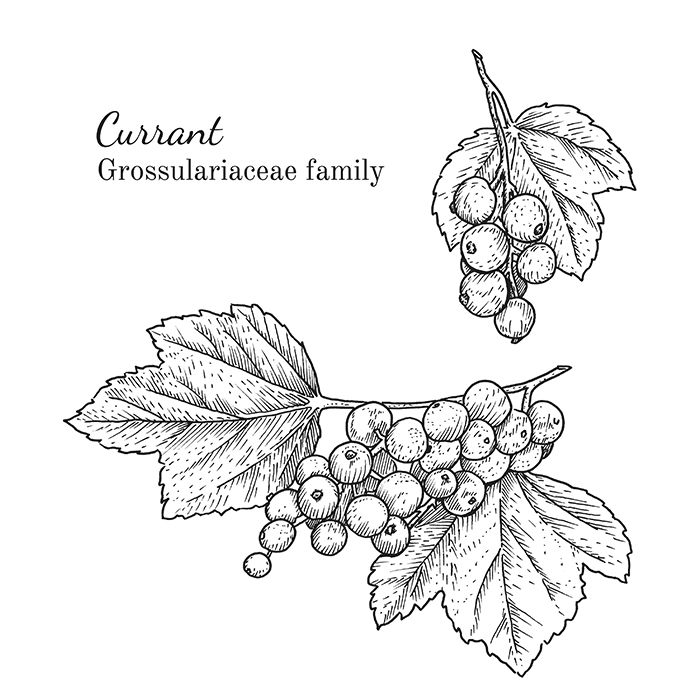
4. In Siberia where I live, I think the tea from currant leaves is most popular. Because of the prevalence of currant bushes in the gardens and of course, because of the wonderful aroma of this tea. I think for many Siberians the smell of tea from curant leaves is associated with summer and garden.
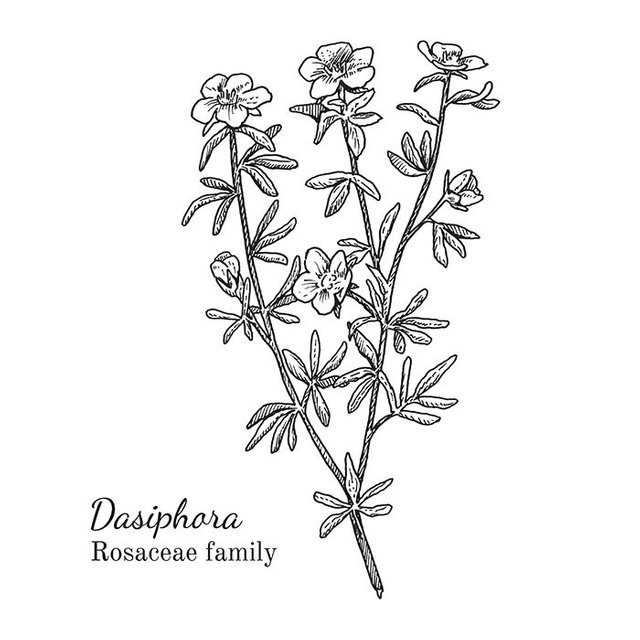
5. Dasiphora is native to Asia. In my region it comes usually from Altay mountains. This is a shrub whose leaves are used for tea. It is rich in vitamins and essential oils. This herbal tea has a light yellow color and a pleasant meadow taste. I perceive it as neutral herbal tea.
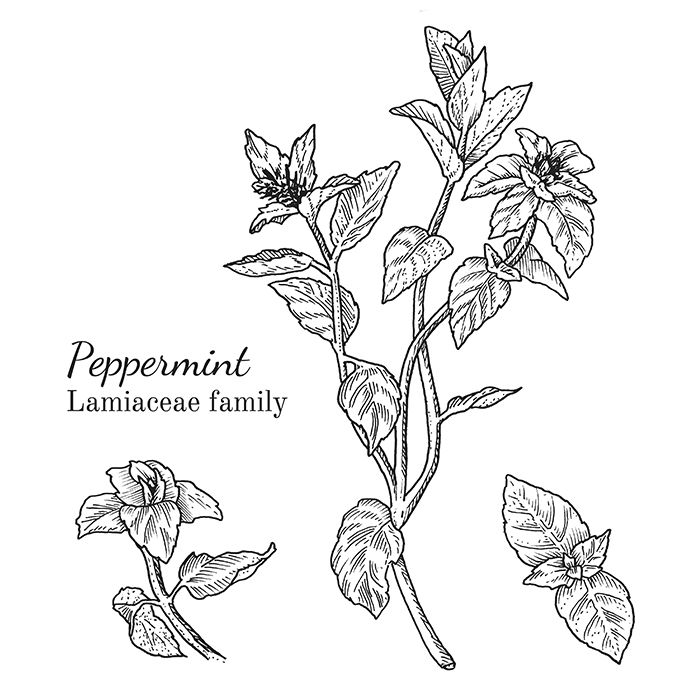
6. Mint is a very well known plant. So I do not even know what I can write about it :) Very nice to drink mint tea in the heat, as mint has a cooling effect. I prefer to combine it with lemon and a small amount of honey. If you do not like the sharp taste of peppermint, you can try its varieties with more delicate taste, for example, balm mint or others.
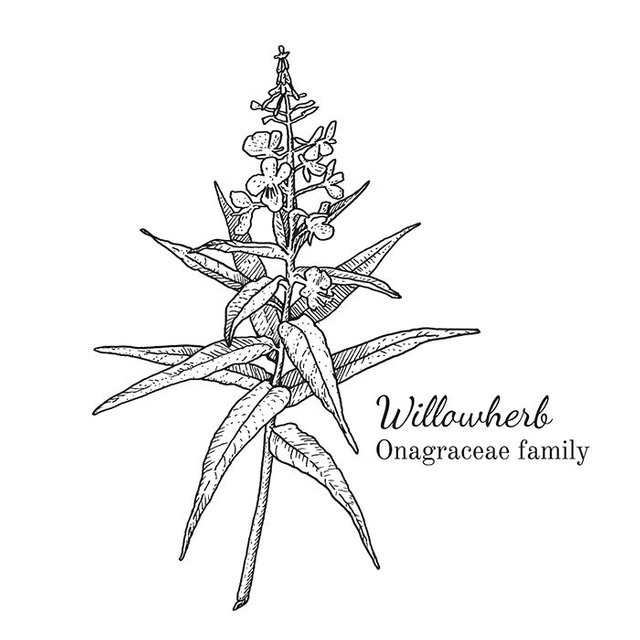
7. Willowherb (or epilobium angustifolium, or fireweed) grows throughout the temperate Northern Hemisphere. In Russia, where its common name is Ivan Chai, the leaves were traditionally used for preparing hot drink before the introduction of tea from China. Now is the new wave of popularity of this plant in my country like healthy local beverage. And on Golos there is even a crowdfunding campaign for the production of this herbal tea.

8. Chamomile is a well known flower growing in Eurasia and America. Сhamomile "tea" is made from dried chamomile flowers. It has various medicinal purposes (treating hay fever, inflammation, muscle and stomach spasms e t.c). The beverage has light yellow color and mild taste.
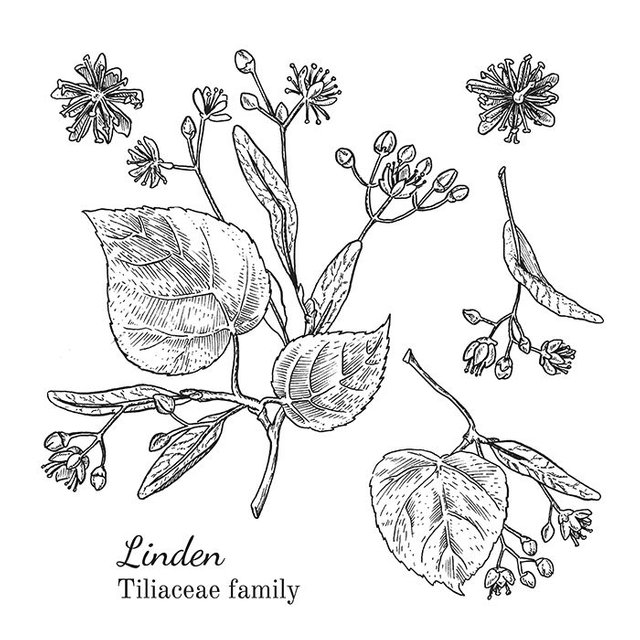
9. Linden (tilia, lime tree) is a tree native throughout most of the temperate Northern Hemisphere. Inflorescences of a plant are used for tea. Linden tea also is rather well known in Russia for honey aroma and healing properties. It is often used during cold or flu due to its antipyretic action.

10. Hibiscus is a well known flowering plants genus that is native to warm-temperate, subtropical and tropical regions throughout the world. Hibiscus is the national flower of Haiti. Herbal tea which is made from hibiscus has rich red color and sourish taste.

11. Bergenia (elephant-eared saxifrage, elephant's ears) is a plant native to central Asia, from Afghanistan to China and the Himalayan region. In my place it usually comes from Altay mountains. Its leaves are used for preparing tea. The drink has a very rich taste similar to the taste of very strong black tea. I do not like such a tart taste, so I'm not a fan of this plant. Although when I hike in Altay mountains it is nice to collect it by myself and prepare a "mountain tea" on the fire.
And today I want to tell you about some "herbal tea" plants, and of course, my text will go with my illustrations.

As known the most popular hot drinks in the world are tea and coffee. There are a lot of fans of those drinks. But they are not really the most healthy because of caffeine. As for me I have hypersensitivity to the effects of caffeine and if I drink claasic tea or coffee I get hyperstimulation and feel myself almost like on amphetamine :D So I don't drink tea and coffee and instead prepare different herbal drinks. Some of them are very well known, but maybe some of them will be new for you. There are a lot of plants that are good for health but I have selected the ones which can be used daily (not just like a medical plants, which are only used to a limited extent during illness).
My top choices are:


2. Roiboos (or bush tea, or redbush tea) is growing in South Africa. It has a rich taste and a high content of ascorbic acid (vitamin C), antioxidants, essential oils and minerals.

3. Small fruits of dog rose (or rosa canina, or rosa hugonis) are used for preparing tea, which should be infused in boiling water for a long time. The plant is high in certain antioxidants and vitamin C. Dog-rose tea is quite popular in my place (Siberia), especially in winter due to its ability to boost immune system.

4. In Siberia where I live, I think the tea from currant leaves is most popular. Because of the prevalence of currant bushes in the gardens and of course, because of the wonderful aroma of this tea. I think for many Siberians the smell of tea from curant leaves is associated with summer and garden.

5. Dasiphora is native to Asia. In my region it comes usually from Altay mountains. This is a shrub whose leaves are used for tea. It is rich in vitamins and essential oils. This herbal tea has a light yellow color and a pleasant meadow taste. I perceive it as neutral herbal tea.

6. Mint is a very well known plant. So I do not even know what I can write about it :) Very nice to drink mint tea in the heat, as mint has a cooling effect. I prefer to combine it with lemon and a small amount of honey. If you do not like the sharp taste of peppermint, you can try its varieties with more delicate taste, for example, balm mint or others.

7. Willowherb (or epilobium angustifolium, or fireweed) grows throughout the temperate Northern Hemisphere. In Russia, where its common name is Ivan Chai, the leaves were traditionally used for preparing hot drink before the introduction of tea from China. Now is the new wave of popularity of this plant in my country like healthy local beverage. And on Golos there is even a crowdfunding campaign for the production of this herbal tea.

8. Chamomile is a well known flower growing in Eurasia and America. Сhamomile "tea" is made from dried chamomile flowers. It has various medicinal purposes (treating hay fever, inflammation, muscle and stomach spasms e t.c). The beverage has light yellow color and mild taste.

9. Linden (tilia, lime tree) is a tree native throughout most of the temperate Northern Hemisphere. Inflorescences of a plant are used for tea. Linden tea also is rather well known in Russia for honey aroma and healing properties. It is often used during cold or flu due to its antipyretic action.

10. Hibiscus is a well known flowering plants genus that is native to warm-temperate, subtropical and tropical regions throughout the world. Hibiscus is the national flower of Haiti. Herbal tea which is made from hibiscus has rich red color and sourish taste.

11. Bergenia (elephant-eared saxifrage, elephant's ears) is a plant native to central Asia, from Afghanistan to China and the Himalayan region. In my place it usually comes from Altay mountains. Its leaves are used for preparing tea. The drink has a very rich taste similar to the taste of very strong black tea. I do not like such a tart taste, so I'm not a fan of this plant. Although when I hike in Altay mountains it is nice to collect it by myself and prepare a "mountain tea" on the fire.
And what herbal tea is your favorite? Maybe it is not in my list? :)
Love this format of showing off your beautiful illustrations while talking about the variety of teas and their uniqueness. Despite not MacinTalk much to say about it, mint tea is my favorite. I drink way too much of it!
Heh, I also like mint tea )) Especially when I grow mint on my kitchen in the pot ))
You have really done great research and posted a informative and healthy post.
Thanks, dear )
interesting post!
learned alot!
thank you for sharing!
UPVOTED!
Thank you!
I love art. your collection art image really nice without color and effect. Simple awesome realistic . upvote
Thanks, @rarcntv! )
Nice post @awispa, my favourite tea is linden
Thank you, @speckofdust!
love the art and the articles .. great post !
Hi! Have you heard about @krwhale? It is similiar with @randowhale. For your information please click on.